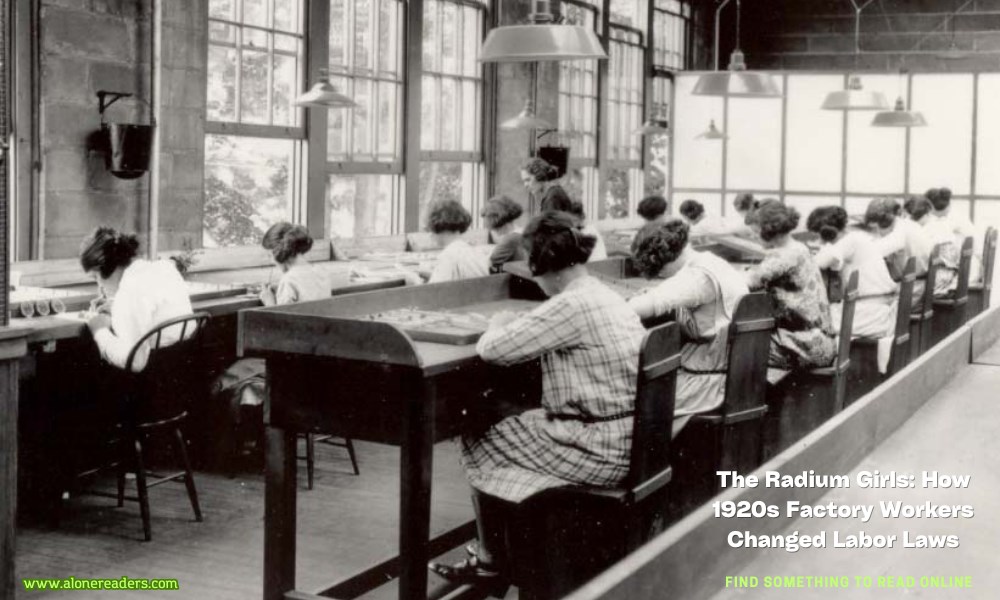
In the roaring twenties, a period marked by dazzling social changes and technological advancements, a tragic narrative unfolded within the walls of factory buildings in the United States. It involved a group of young women known as the Radium Girls, who faced grave adversities due to their occupational exposure to radium. Their poignant tale not only highlights the perils of early industrial labor but also catalyzed significant reforms in workplace safety and labor laws.
The origin of the Radium Girls' story dates back to World War I, when demand for luminous watches, which could be read in the dark, surged. To meet this demand, factories hired young women to paint watch dials with radium-based luminescent paint. The job was considered highly desirable; it paid more than three times the average factory job and was positioned as glamorous work that contributed to the war effort. The women employed in these factories were mostly in their teens and early twenties, and they were trained to use their mouths to point the brushes for precise application, a technique called lip-pointing.
Radium was celebrated as a wonder element at that time, touted for its supposed health benefits. The factory workers were unaware of its hazardous nature. They often painted their nails, teeth, and faces with the radium paint for fun, unaware that they were exposing themselves to deadly radiation. Over time, the effects of radium exposure began to manifest. The women started suffering from mysterious ailments—aching teeth, painful ulcers, and severe anemia. These symptoms often culminated in a condition called radium jaw, where the jaw bone would rot and collapse.
By the mid-1920s, the link between radium exposure and the health issues faced by these workers started to emerge, thanks to the work of scientists and doctors who traced the ailments back to the radium paint. However, the companies involved denied any responsibility and dismissed the claims of sickness as attempts to malign their reputations. The Radium Girls, as they came to be known, found themselves battling not only worsening health but also a legal system that was initially reluctant to hold the companies accountable.
The breakthrough came when several of the women, despite their declining health, decided to take legal action against the United States Radium Corporation, the company for which many of them worked. The cases, often fraught with challenges, including courtroom prejudices and a race against time as many of the plaintiffs were terminally ill, eventually led to critical legal precedents. The litigation highlighted the companies' negligence, particularly their knowledge of the dangers of radium and their failure to inform or protect their workers.
The courage and persistence of the Radium Girls had far-reaching impacts. Their plight received considerable media attention, raising public awareness about the dangers of radium and, more broadly, about industrial safety hazards. This led to increased scientific research into occupational diseases and spurred the establishment of stricter regulations regarding workplace safety and the use of hazardous materials.
The legacy of the Radium Girls is a testament to their significant role in the enhancement of labor laws in the United States. Their suffering led to the implementation of greater protections for workers, including the right to compensation for occupational illnesses and the enforcement of stricter handling protocols for dangerous substances. Moreover, their story continues to serve as a poignant reminder of the costs of negligence and the importance of vigilance in protecting worker health and safety.
Today, the story of the Radium Girls is often revisited in discussions about workers' rights and safety regulations. It serves as a powerful example of how tragedy can foster change and how the bravery of a few can alter the course of history for many. As we continue to face new challenges in workplace safety and labor rights, the lessons learned from the experiences of the Radium Girls remain ever relevant, reminding us of the continual need to prioritize the well-being of workers in all industries.